Our Wildlife
Get to know our resident animals
Wildlife Facts - Golden Wildebeest (Gnu)
Latin Name: Connochaetes Taurinus
Also knows as the Golden Gnu
Golden Wildebeest naturally occurred along the Limpopo River basin, adjacent to the Tuli-Block of Botswana. Early farmers in the1920’s, called them “Vos Wildebeest”
The first Golden Wildebeest Bull was captured by Alec Rough in the early 1990’s on the game farm Swinburne, in the Limpopo Valley. This is the area where the majority of Golden Wildebeest originate from. They formed an integral part of the large migratory herds that once moved freely between South Africa and Botswana.
Golden Wildebeest were first referred to as “Red” or “Yellow” Wildebeest by pioneer breeders. The decision to change the name of these colour variants was as a direct result of false accusations made by Nature Conservation officials that game farmers created these animals by cross-breeding Black and Blue Wildebeest. Wildebeest hybrids (Black and Blue Wildebeest Crossbreds) were also referred to as Red Wildebeest by Nature Conservation officials.
Wildlife Facts - Bontebok
Latin Name: Damaliscus pygargus
The Bontebok is a medium-sized, generally dark brown antelope with a prominent, wide white blaze on its face, with a pure white rump, belly and hocks, and black-tipped tail. Both sexes have horns, although the horns of rams are heavier and longer than those of ewes.
Wildlife Facts - Waterbuck
Latin Name: Kobus ellipsiprymnus
Hence their name, waterbuck tend to hang around areas where there is a lot of water, especially being water dependent animals. Bulls (males) in particular, will hold a territory where there is an abundant amount of water and food to attract females – he will only hold this territory in breeding seasons.
Wildlife Facts - Eland
Latin Name: Taurotragus oryx
The Eland, an ox-like antelope, is the largest in the world. It belongs to the ‘spiral-horned’ subfamily, along with the likes of kudu and bushbuck.
Bulls of both species may top 900kg and stand 1.7m at the shoulder. Females are about half the male’s weigh
Wildlife Facts - Zebra
Latin Name: Equus quagga
Closely related to horses, zebras have thick bodies, thin legs, a tufted tail, and a long head and neck sporting a short mane. And their most famous feature? Their brilliant black-and-white striped coat, of course!

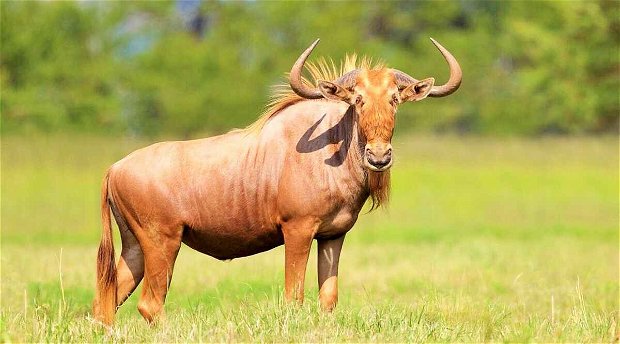
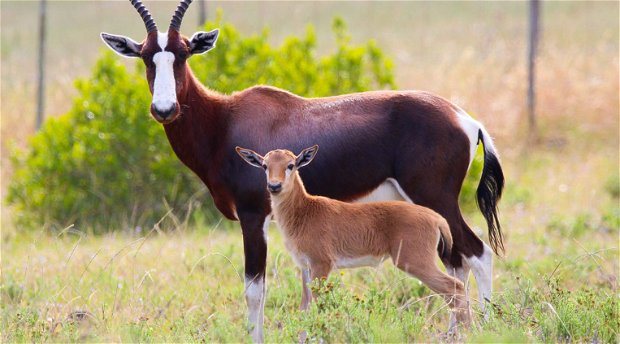
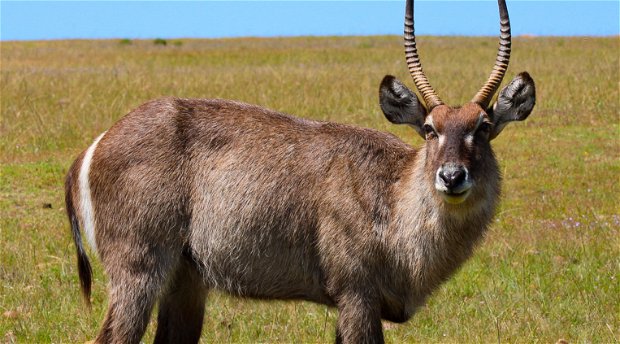
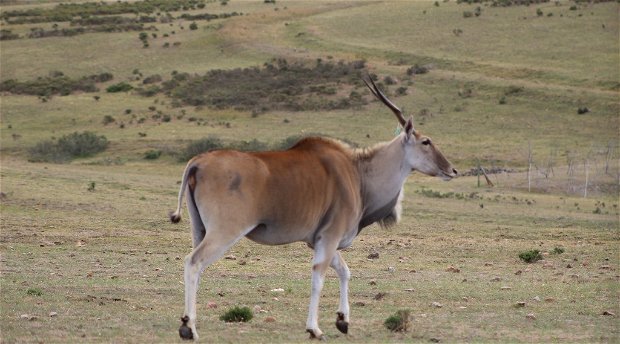
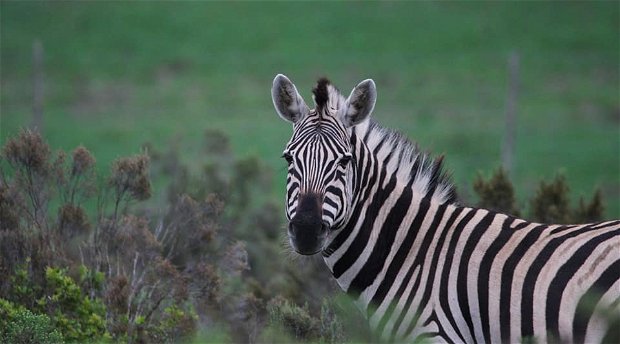
Share This Page